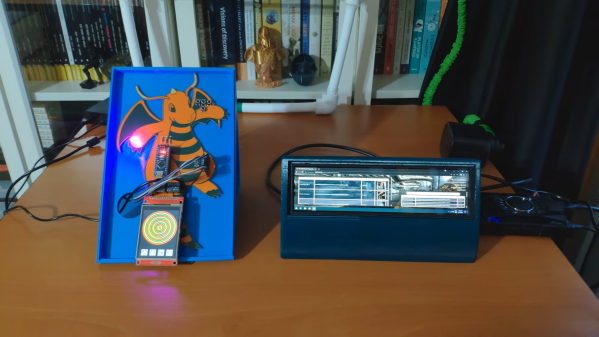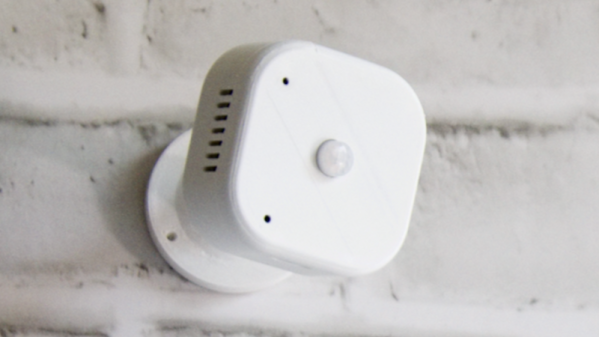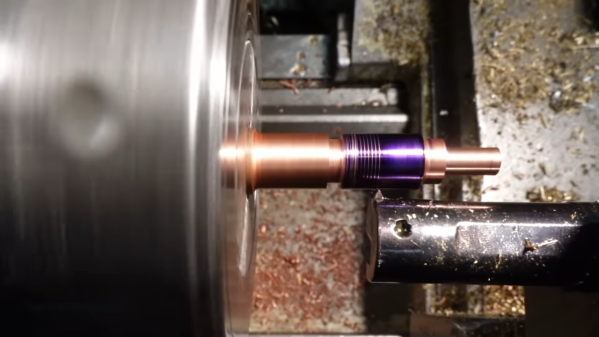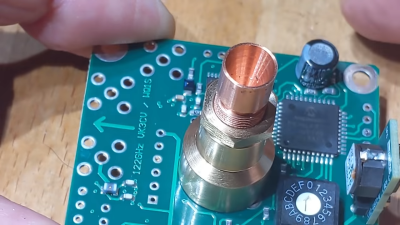This Pet Hacks Contest entry from [Andrea] opens the door to a great collaboration of sensors to solve a problem. The Cat At The Door project’s name is a bit of a giveaway to its purpose, but this project has something for everyone, from radar to e-ink, LoRa to 3D printing. He wanted a sensor to watch the door his cats frequent and when one of his cats were detected have an alert sent to where he is in the house
There are several ways you can detect a cat, in this project [Andrea] went with mmWave radar, and this is ideal for sensing a cat as it allows the sensor to sit protected inside, it works day or night, and it doesn’t stop working should the cat stand still. In his project log he has a chapter going into what he did to dial in the settings on the LD2410C radar board.
How do you know if you’re detecting your cat, some other cat, a large squirrel, or a small child? It helps if you first give your cats a MAC address, in the form of a BLE tag. Once the radar detects presence of a suspected cat, the ESP32-S3 starts looking over Bluetooth, and if a known tag is found it will identify which cat or cats are outside waiting.
Once the known cat has been identified, it’s time to notify [Andrea] that his cat is waiting for his door opening abilities. To do this he selected an ESP32 board that includes a SX1262 LoRa module for communicating with the portable notification device. This battery powered device has a low power e-paper display showing you which cat, as well as an audio buzzer to help alert you.
To read more details about this project head over to the GitHub page to check out all the details. Including a very impressive 80 page step-by-step guide showing you step by step how to make your own. Also, be sure to check out the other entries into the 2025 Pet Hacks Contest.




















